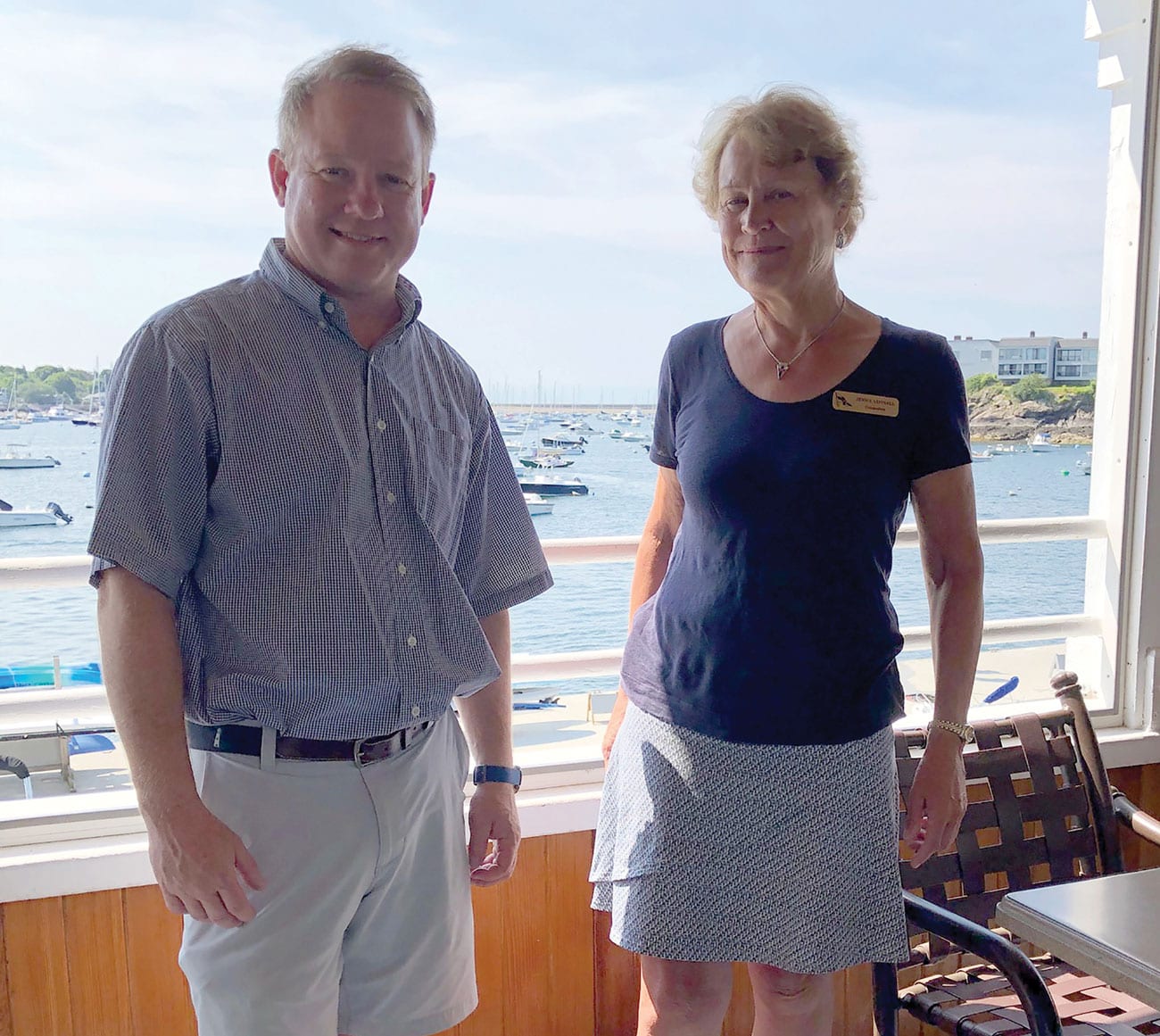Most people naturally assume that the trajectory from Marblehead to Halifax, N.S., is due north. But most people would be wrong.
“Actually,” said David Bows, the vice-commodore of the Boston Yacht Club and the co-chair of this year’s Marblehead-to-Halifax Ocean Race, “it’s almost due east.”
That’s one of the fun facts about the biannual race, which commenced out of the Boston Yacht Club Sunday. The “granddaddy of all ocean races,” as it is called, began in 1905, with an international fleet of 65 boats, including the winner of the 2017 race, hoping to navigate the 363-mile race to Halifax.
Bows, who has taken part in the race three times, said it can take three to four days to reach Halifax, depending on the weather and the wind.
The race is one of the very few ocean races that takes place along this part of the eastern seaboard, said BYC commodore Jennie Aspinall on Sunday. And that explains part of the race’s allure to sailors.
“It’s a very accessible race for people who are relatively new to offshore racing,” she said. “But it also presents challenges too.”
Aspinall also said that people who compete in the Halifax, as it is called here (conversely, it’s called the Marblehead in Nova Scotia) often go on to race in bigger ocean events, such as the Newport, R.I. to Bermuda, which is run in the years in between the Halifax.
This is going to be a busy summer for the BYC, which is among the oldest yacht clubs in the United States. Not only does it handle the U.S. end of the Halifax race, but it’s also the club’s turn to host the Helly Hansen National Offshore One Design (NOOD) Regatta (Race Week).
The 65 boats racing to Halifax are of different varieties, as opposed to the one-design format of the regatta, where boats from the same class race together.
“These boats are performance handicapped,” said Aspinall. “They all have to be at least 36 feet, and most are 38. And there are strict safety requirements. But otherwise, there are all different kinds of boats, and they are handicapped, and that factors into who wins the race.”
It is not unlike a golf tournament in which there are gross and net winners — the nets’ positioning based on golfers’ individual handicaps.
“The difference is that if you were scoring it our way, you’d be handicapping the clubs, and not the golfers,” said Bows. “In golf, you’re handicapping the individuals.”
Planning the race is no easy matter. Aspinall said it takes 18 months to plan the race, as well as the services of 120 volunteers. It also takes a coordinated team effort on the part of the sailors — all of whom have crews.
“Another one of the nice things about (the race) is that you’re on the same boat, with the same crew of guys, and after a while it becomes instinctive.
“You know what you have to do.”
One of the more difficult stretches comes when you reach the maritime provinces.
“The Bay of Fundy has currents that can run four (nautical miles) so one of the challenges, when you plan your race, is to try to calculate favorable tides.”
If you don’t, Bows said, you could run into situations where you’re bucking the current as you approach Nova Scotia.
The weather is also an ongoing concern. It can get foggy on the open waters, and Bows can recall several times where he hasn’t been able to see through it.
“That’s when you have to rely on instinct,” he said.
The race committee is diligent about keeping the sailors apprised of weather forecasts and how they can change.
“We have a half-hour weather briefing before we go out,” Aspinall said.
“It probably applies for about a day and a half,” said Bows. “It can change any time, and then everything you’ve been told goes out the window.”

